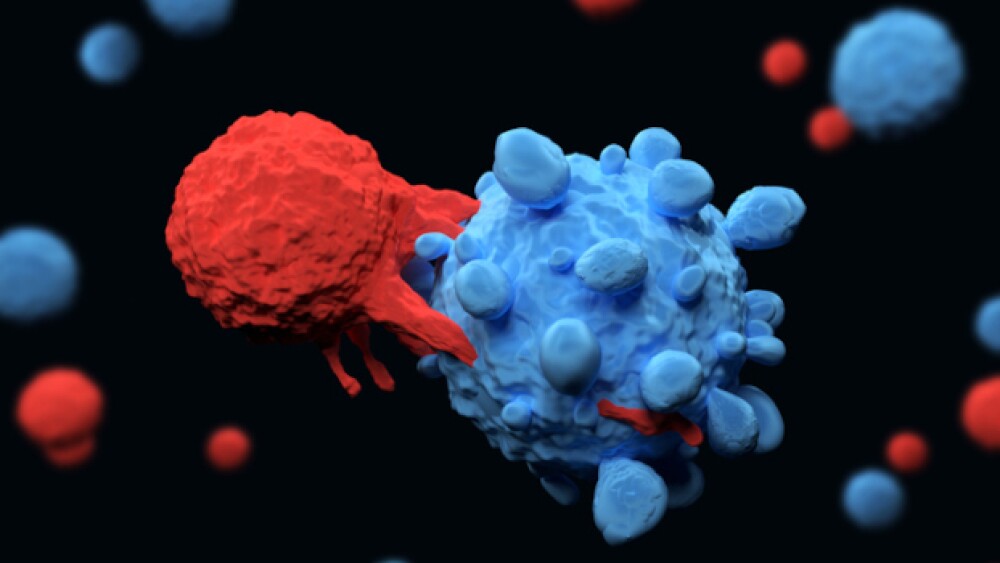ST. LOUIS, Nov. 15 /PRNewswire/ -- Kereos, a biotechnology company developing targeted imaging agents and therapeutics to improve the detection and treatment of cancer and cardiovascular disease, announced today that the company’s collaborators at Washington University School of Medicine will be presenting preclinical data on two therapeutic candidates at the American Heart Association (AHA) Scientific Sessions this week. These agents are the first cardiovascular-targeted therapeutics in Kereos’ pipeline of ligand- targeted emulsions, and represent two of the first applications of nanotechnology to treating cardiovascular disease.
The first presentation from the research group led by Samuel Wickline, M.D., and Gregory Lanza, M.D., Ph.D., “Magnetic Resonance Molecular Imaging Predicts the Effectiveness of Targeted Drug Delivery in Atherosclerosis” (Patrick M. Winter, et. al.), reports on a novel drug candidate for coronary artery disease. In it, the researchers describe a ligand-targeted emulsion to inhibit one of the fundamental processes underlying atherosclerosis, or “clogging” of the arteries. They also show that magnetic resonance imaging (MRI) can be used to assess the delivery of the targeted therapeutic and predict response to it. While atherosclerosis is currently treated with a number of drugs, as well as angioplasty or bypass graft surgery, it continues to be one of the top causes of heart disease and death. The agent developed at Washington University offers a new approach that may offer more rapid drug- based treatment.
The second presentation, entitled “Intramural Delivery of Rapamycin with alpha-v-beta-3-integrin-targeted Paramagnetic Nanoparticles Inhibits Stenosis Following Angioplasty” (Tillman Cyrus, et. al.), discusses a targeted agent to reduce stenosis, or narrowing of the blood vessels to the heart, after angioplasty to open arteries clogged by atherosclerosis. In this study, Kereos’ collaborators found that drug delivery using a ligand-targeted emulsion reduced the amount of stenosis by nearly 50% following balloon overstretch injury in animal models. While currently, drug-eluting stents are used to discourage renarrowing of coronary arteries after surgery, or restenosis, the drugs can inhibit healing of the artery wall lining, resulting in potential complications due to clotting. The approach being presented by the Washington University team may eliminate this unwanted disruption of healing and could be used either alone or with non-drug-eluting stents.
In a poster presentation at the AHA meeting, the Washington University researchers also demonstrated the use of a ligand-targeted MRI emulsion in evaluating the effectiveness of L-arginine therapy in peripheral vascular disease (PVD). While the traditional imaging method, X-ray angiography, is unable to evaluate the therapy for at least 40 days after treatment, MRI with the ligand-targeted emulsion provided an assessment within 10 days.
“Targeted therapeutics, especially nanotechnology-based agents such as these two ligand-targeted emulsions, offer exciting new horizons for treating cardiovascular disease,” said Gregory Lanza, M.D., Ph.D., a co-author on both presentations. “While similar agents are generating a great deal of excitement in cancer, their ability to deliver potent drug therapy with fewer side effects should be at least as important in atherosclerosis. In addition, the ability to use targeted imaging agents to predict and evaluate the success of these targeted therapies is an exciting proposition for physicians, patients, and healthcare payors alike.”
Kereos has licensed the ligand-targeted emulsion imaging agents and therapeutics, both for cancer and cardiovascular disease, from Washington University and Barnes Jewish Hospital.
About Kereos:
Kereos develops products designed to provide more effective detection and treatment of cancer, the first two of which are expected to enter clinical trials for solid tumors in 2006. The company’s proprietary technology pairs diagnosis and therapy by targeting imaging agents or therapeutics specifically to the disease site. The company’s targeted imaging agents allow more accurate and sensitive imaging, and its targeted chemotherapeutics deliver potent and precise therapy. In addition to advancing its internal pipeline, Kereos is working with leading pharmaceutical and imaging companies, including Bristol-Myers Squibb Medical Imaging on the development and commercialization of cardiovascular disease magnetic resonance imaging (MRI) agents and Philips Medical Systems on the development of molecular imaging systems. Kereos is headquartered in St. Louis at the Center for Emerging Technologies. For more information, visit Kereos’ website at www.kereos.com.
Available Topic Expert(s): For information on the listed expert(s), click appropriate link. Robert A. Beardsley Ph.D. http://profnet.prnewswire.com/ud_public.jsp?userid=10002930
Kereos
CONTACT: Trista Morrison, +1-858-527-3490, tmorrison@irpr.com, or JenniferMacArthur, +1-858-527-3497, jmacarthur@irpr.com, both of Atkins +Associates, for Kereos
Web site: http://www.kereos.com/




